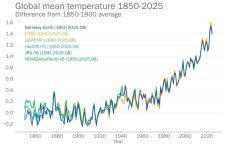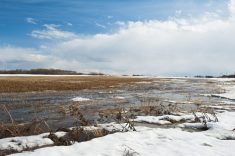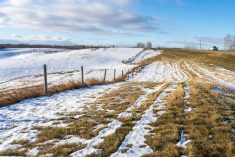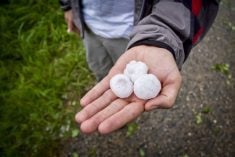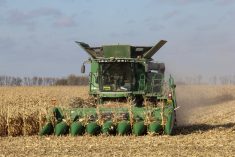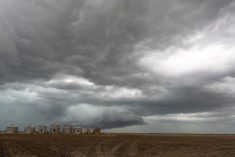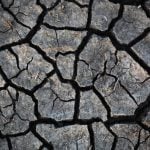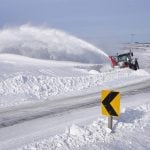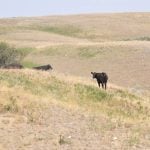The impact of historic-high flooding on Alberta’s agriculture industry isn’t expected to be severe.
“It is early. I would say at this point we don’t have any reports of catastrophic damage to crops and livestock,” said provincial Agriculture Minister Verlyn Olson. “I’m sure there will be cases where there is some damage but for the most part, crops would, or could have been, covered by insurance.”
The assessments follow a stunning period of heavy rainfall beginning around June 19. A low-pressure system parked over the province’s southwest and, by June 22, had dumped 80 to 280 millimetres of rain in a region between Waterton Park and Banff, with up to 340 mm measured at some points in the Bow, Elbow and upper Sheep River basins.
Read Also
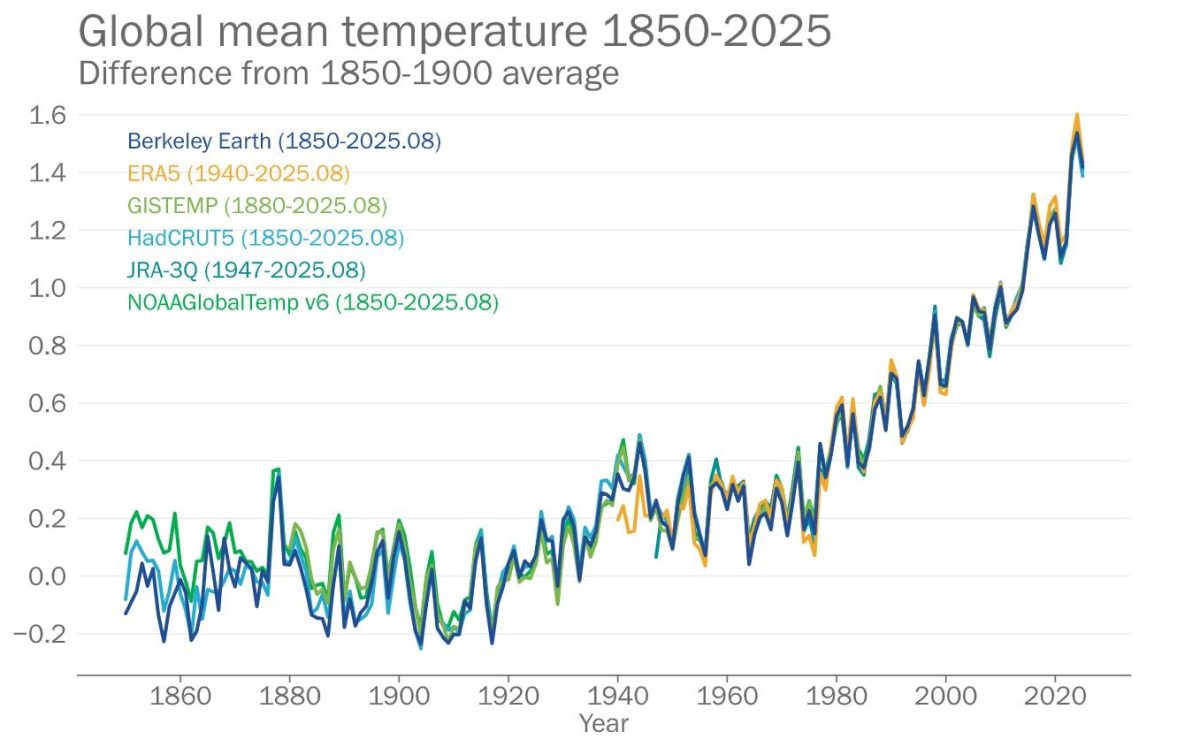
2025 set to be among hottest years on record: WMO
With only two months remaining in the year, 2025 is set to be among the top three hottest years on…
The province is now assessing infrastructure damage suffered by irrigation districts and feedlots, and “is fully engaged in helping with rebuilding,” Olson added.
Farmers who have suffered damage should first check with their insurers, he said, adding it’s too early to know whether special provincial or federal programs may be available.
Livestock and crop producer groups said they haven’t received reports of widespread damage.
“There wasn’t a lot of general flooding,” said Kent Erickson, chair of the Alberta Wheat Commission. “I would say a very small percentage of grain land was lost.”
While many fields were negatively affected by downpours, others needed the rain, said Matt Sawyer, chair of the Alberta Barley Commission.
“It all balances out,” he said.
The situation is more uncertain on the livestock side as it will be a while before cattle can be counted, said Doug Sawyer, chair of Alberta Beef Producers.
“I’m very hopeful the cattle loss won’t be devastating as an industry,” he said. “But for (affected) individual producers, it is devastating.”
Feedlot owners say all they need is some sunshine.
“We weren’t ravaged by any flooding but a lot of moisture makes the pens pretty mucky,” said Bryan Walton, CEO of the Alberta Cattle Feeders’ Association.
It’s a far different story when it comes to rural roads, bridges and other infrastructure.
“‘Extensive’ is the word I’ve been hearing from almost everybody,” said Bob Barss, president of the Alberta Association of District Municipalities and Counties.
“Nobody was ever expecting anything like this. I think probably the majority of people were overwhelmed.”
More than 300 bridges need to be inspected and a host of roads need repairing, Alberta Transportation spokesperson Nancy Beasley Hosker said.
“We are working as fast as we can and as safely as we can to get the roads open as quickly as possible. But safety is key,” she said.
Motorists should watch for lane closures and reduced speed limits, she said.
— Victoria Paterson is a reporter for Alberta Farmer in Calgary. Follow her @vspaterson on Twitter.



